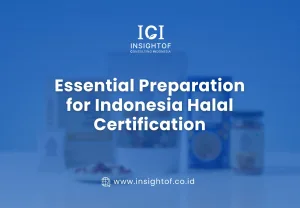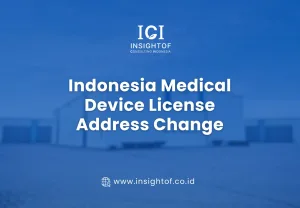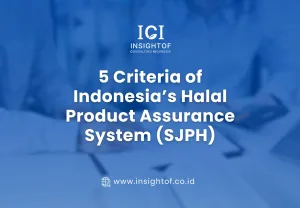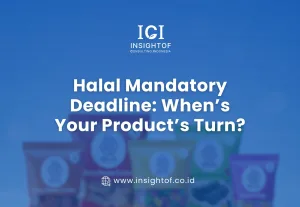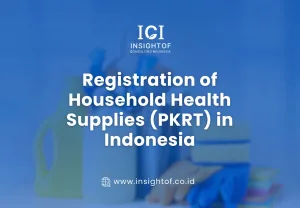Determining the food category is a crucial step for every business planning to register processed food products with BPOM (Indonesia’s National Agency of Drug and Food Control).
A food category serves as a classification system that groups products based on raw materials, processing methods, and intended use.
By understanding these categories, manufacturers, distributors, and consumers can more easily identify, process, and ensure the safety and compliance of food products.
Why Is Food Categorization Important?
Food category identification is mandatory for business operators before applying for a marketing authorization.
It serves several key functions:
- Standardization
Each food product has a standardized category code, allowing for consistent identification. - Regulation
It provides a basis for regulating food additives (BTP), nutrition claims, labeling, and food safety requirements. - Registration
It is a mandatory prerequisite for BPOM marketing authorization. - Supervision
It enables authorities to monitor products in the market according to their classification.
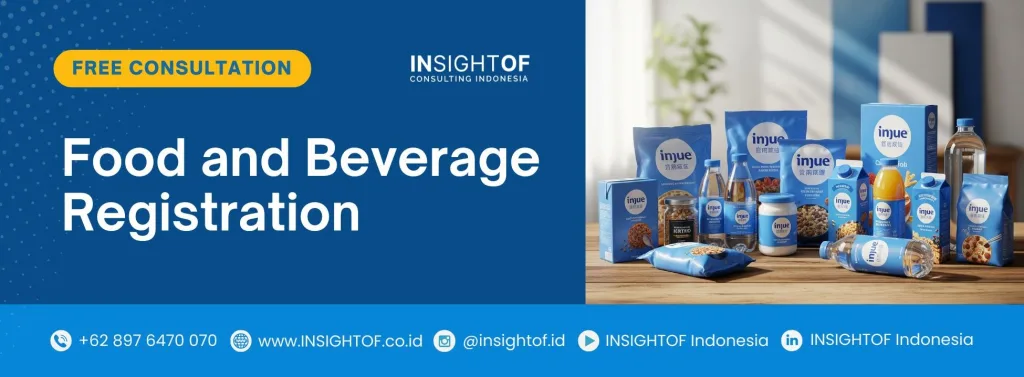
Legal Basis for Food Categorization
Food categorization is regulated under:
📘 BPOM Regulation No. 13 of 2023 on Food Categories
Business operators can directly check the official database at:
🔗 rumahsiripo.pom.go.id/kategori_pangan
List of 19 Main Food Categories
Below are the main categories based on BPOM Regulation No. 13 of 2023:
| Category Code | Description |
| 01.0 | Milk and milk products and their analogues, except those included in Category 02.0 |
| 02.0 | Fats, oils, and oil emulsions |
| 03.0 | Edible ice, including sherbet and sorbet |
| 04.0 | Fruits and vegetables (including mushrooms, tubers, legumes including soybeans, aloe vera), seaweed, and grains |
| 05.0 | Confectionery and chocolate |
| 06.0 | Cereals and cereal products, derived from cereal grains, roots and tubers, legumes, and pith (inner part of plant stems), excluding bakery products under Category 07.0 and excluding nuts from Categories 04.2.1 and 04.2.2 |
| 07.0 | Bakery products |
| 08.0 | Meat and meat products, including poultry and game meat |
| 09.0 | Fish and fishery products, including mollusks, crustaceans, and echinoderms |
| 10.0 | Eggs and egg products |
| 11.0 | Sugars and sweeteners, including honey |
| 12.0 | Salt, spices, soups, sauces, salads, and protein products |
| 13.0 | Processed foods for special dietary uses |
| 14.0 | Beverages, excluding milk products |
| 15.0 | Snack foods (ready-to-eat) |
| 16.0 | Processed ready-to-serve foods (packaged) |
Steps to Determine the Right Food Category
🧃 Example: Determining the Food Category for Ready-to-Drink Juice
1. Identify the Type of Product
Let’s say the product you plan to register is Mango Juice — a ready-to-drink (RTD) beverage made from mango purée, water, and sugar, processed through pasteurization and packaged in bottles.
2. Check the Food Category in BPOM Regulation No. 13 of 2023
Next, refer to the list of main food categories to find the most suitable classification.
Since this product is a non-alcoholic beverage (excluding milk-based drinks), it falls under:
Main Category: 14.0 – Beverages (excluding milk products)
(This category includes water-based drinks such as fruit juices, fruit drinks, tea, coffee, and carbonated beverages.)
Within this category, narrow it down to a more specific subcategory:
| Type | Code | Category / Subcategory Name | Description |
|---|---|---|---|
| Main Category | 14.0 | Beverages (excluding milk products) | Covers all types of water-based beverages such as mineral water, fruit juice, tea, coffee, and carbonated drinks. |
| Subcategory | 14.1 | Non-Alcoholic Beverages | Includes mineral water, juices, teas, coffees, and other drinks without alcohol. |
| Sub-subcategory | 14.1.2 | Fruit and Vegetable Juices | Products obtained by extracting or pressing fruits or vegetables, with or without added sugar or permitted food additives. |
| Further Subcategory | 14.1.2.1 | Fruit Juice | Products made from fruits (fresh or from concentrate) without the addition of other ingredients except permitted food additives. |
| Further Subcategory | 14.1.3 | Fruit Nectars and Fruit Drinks | Beverages containing less than 100% fruit juice, with added water, sugar, or other permitted ingredients. |
3. Match the Subcategory Description
- If your product is 100% pure juice (from extracted or reconstituted mango concentrate without other added ingredients, except permitted additives),
→ The correct category is 14.1.2.1 – Fruit Juice - If your product contains added water, sugar, or flavorings (for example, a sweetened and diluted ready-to-drink mango beverage),
→ The correct category is 14.1.3 – Fruit Nectar or Fruit Drink
Based on the product formulation — mango purée, water, and sugar — your Mango Juice fits under:
✅ Match found:
Your Mango Juice matches the definition of “fruit nectar”, a diluted fruit-based beverage intended for direct consumption.
4. Additional Reference Information
You can confirm the classification through the official BPOM website:
👉 rumahsiripo.pom.go.id/kategori_pangan
⚠️ Important Note: Mandatory Halal Certification by October 17, 2026
According to Law No. 33 of 2014 on Halal Product Assurance (JPH) and Government Regulation No. 39 of 2021, all food products must be halal-certified no later than October 17, 2026.
This requirement applies to all business scales — from micro and small enterprises (MSMEs) to large-scale industries.
Therefore, identifying the correct food category early is crucial to:
- Simplify both BPOM registration and halal certification processes
- Avoid misclassification that could delay regulatory approval
- Ensure full compliance with Indonesia’s food safety and halal regulations
Conclusion
Determining the correct food category is not just a formality — it’s the foundation of regulatory compliance, from BPOM registration to halal certification.
By understanding the food categorization system, businesses can:
- Save time during registration,
- Ensure product safety and transparency, and
- Be fully prepared for the upcoming mandatory halal enforcement in 2026.
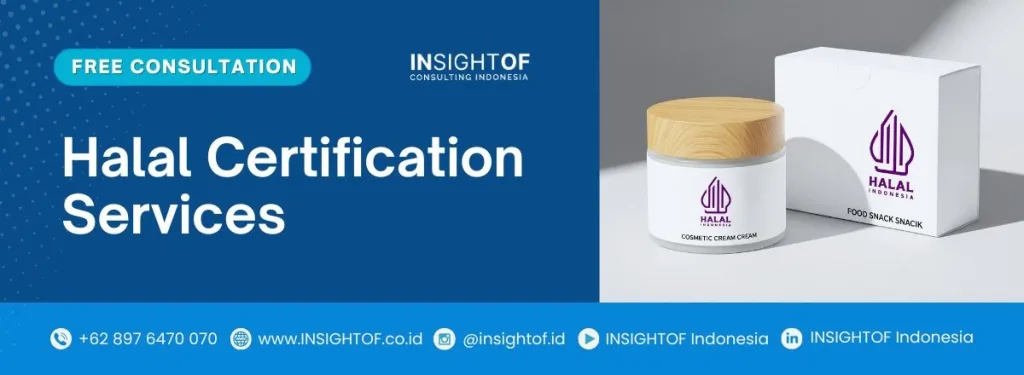
Do you need assistance registering your product in Indonesia?
Contact us today to start your registration process.

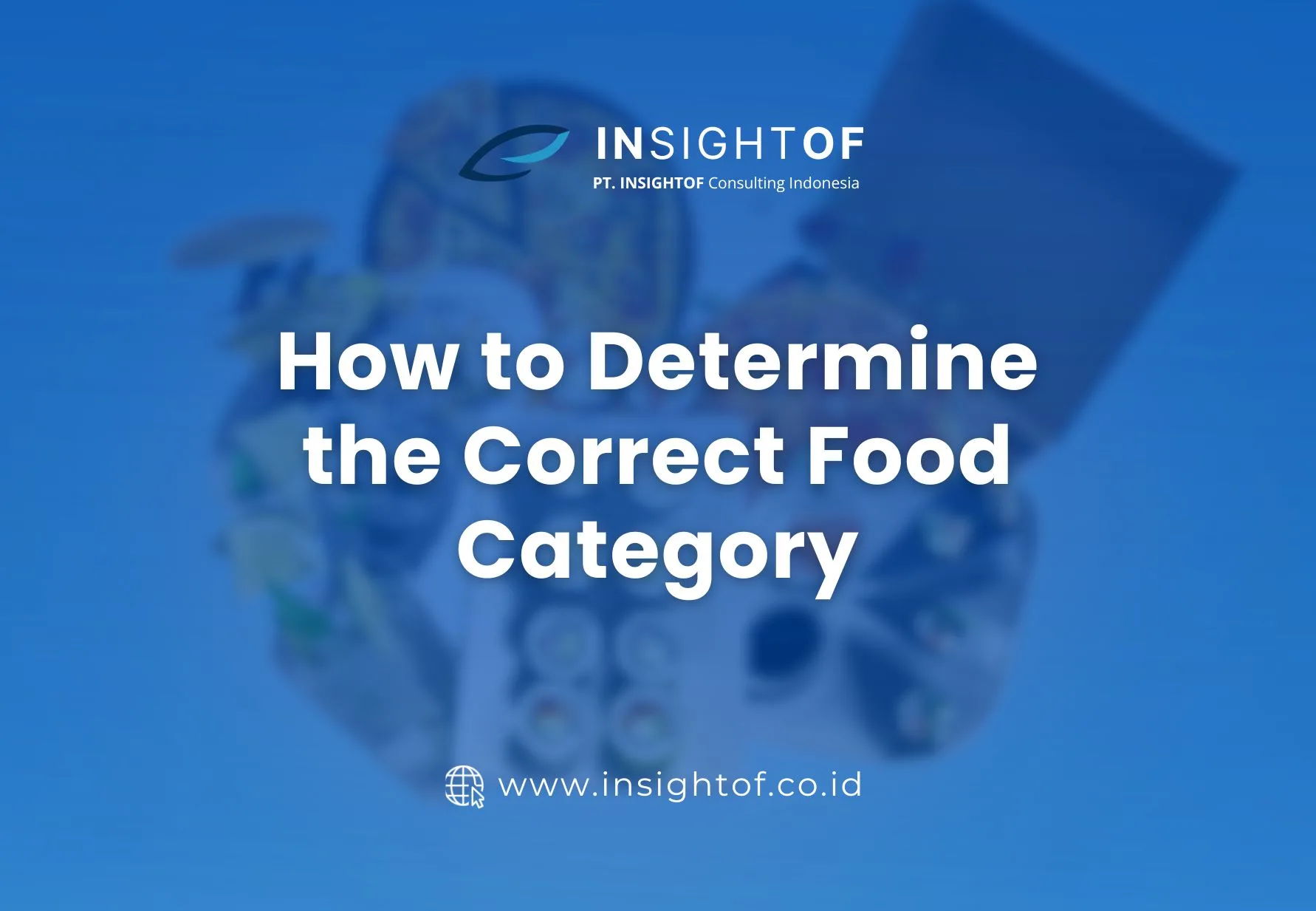


.svg/240px-YouTube_social_red_squircle_(2017).svg.png)
